
Travelling somewhere new always brings with it a lot of excitement and curiosity doesn’t it? The rush that planning an exotic trip gives you can be compared to how one feels when they are truly excited but do not know what to expect from an unpredictable experience. This is what I was feeling before our journey to the pristine state of Nagaland. We travelled with my three year old in the chilly winters of December and chose a beautiful camping experience during the now famous Hornbill festival in Nagaland.
This is the final part of my Nagaland blog series. If you wish to follow our journey across this beautiful state from the beginning and get tips on travelling to the state including permits required and entry points, do read my blog on Nagaland with kids (Wokha and Mokokchung): the perfect travel guide and also my experience of staying with a lovely Naga family in the town of Mokokchung in the blog The Naga Homestay experience: Abode in the Mountains
Social media is amazing in the way it connects you to people and places you never knew existed. It has just been a couple of years since I began sharing my travel journeys on social media, and I regret not starting earlier because I realise how important it is to share with a community that has the same interests as you and how you can immensely benefit from a beautiful mutual exchange of thoughts, visual imagery, written text and moving images. I have been travelling for the last ten years, but it is only now that i feel ‘woke’ enough to understand how much I love writing about and sharing my experiences with like minded travellers across demographies and geographies. So this time, I am here writing about taking a memorable journey with a travelling community (and tour operator) called Chalohoppo.

I discovered Chalohoppo through social media and instantly got drawn to the vibe it carried on a virtual medium. As I browsed through their visual posts of communal journeys undertaken with small groups of travellers (not limited by age or situation), I felt quite connected to its philosophy of eco-friendly and responsible tourism. I am someone that usually does not prefer group tours or pre-planned itineraries with tour operators and I like to go with the flow, taking each day as it comes. This community (if I may call it as calling it a ‘company’ seems too formal to me) appealed to my sensibilities and I wanted to explore what travelling with them was like. After a couple of email exchanges with a very friendly team, I was soon welcomed by them to explore Nagaland with Chalohoppo during the second week of December for a few days during the Hornbill festival along with my husband and daughter.
If you wish to read more about the Hornbill festival and our personal experiences including what to see, what to eat, and also know how to travel to the festival, you can read about it in my article titled ‘The Hornbill fest: A Treat for the Senses published in The Sentinel News
This is what our itinerary with Chalohoppo looked like:
- A day trip to Khonoma village for the friendship festival
- A walking tour of Jakhama village
- Camping at Camp Yedikha in Jakhama village
- Attending the Hornbill festival , Kisama Heritage village
WHAT YOU CAN ALSO INCLUDE IN YOUR ITINERARY: KOHIMA
Kohima owing to its position as the capital city is rather crowded and busy, always choc-a-bloc with traffic, and therefore it did not really appeal to us. We missed seeing the World War II cemetery there which is truly worth seeing, but we attended the Kohima Night Market which is on during all days of The Hornbill Festival. If you are keen on staying for a night in Kohima just to explore this night market and also do a little bit of sightseeing including the local markets, you can definitely keep one day aside for Kohima. A visit to the Kohima Night Market during the Hornbill fest is like losing yourself in a local version of South East Asian street markets; it is full of stalls selling cooked meats of all kinds:chicken, pork, dog you name it! The brave ones that follow Andrew Zimmerman’s appetite can try these local foods, but for the less adventurous, I still recommend you try their local dishes like ‘galho’ which is a porridge like rice full of lentils and vegetables or ‘corn tea’ and ‘jobs tears’ which are piping hot glasses (made of bamboo) filled with corn starch and millet tea and are quite delicious. The local pungent spice mixes of ‘akhuni’ and ‘anishi'(fermented yam leaves paste) will give you a taste of the local food of the state. Also available to drink are glasses of wine made from different fruits like apple, cherry, rhodendron, banana etc as well as hot chocolate with marshmallows for the kids. Below are pics of our experience at the Kohima Night Market












Khonoma: The Greenest village in Asia

After an early morning battle with our vehicle in the capital city of Kohima where we had halted for the night on the way back from Mokokchung, we finally started our journey to the village of Khonoma which is at an approximate distance of 21 kms (1.5 hour journey on good days when the roads are dry and the traffic is reasonable) and reached Khonoma (also known as Khwunoria , the name for a plant called Glouthera Fragrantisima in Angami), the local language spoken by the prominent tribe in that region of Nagaland. It is also regarded as the greenest village in Asia owing to its sparse population and extremely clean territory!! The terrain here is pretty hilly with narrow roads and rugged slopes and the expanse is covered by terraced cultivation, and surrounded by forest area and lush green beauty. The ancestral residents of Khonoma are known to have laid their lives fighting the British occupation between 1830-1880. Armed with local knowlege and warrior tactics, these inhabitants fought against the British thus etching their names into echelons of history as the forerunners of Indian resistance to British rule.
As we were nearing Khonoma from Kohima, I could instantly spot the difference in topography and well, its flora and fauna. The sparse population and the instant hit of fresh mountain air can only be described as ‘a treat to the body and mind’!




We were greeted very cordially by Nishant Sinha, a member of the Chalohoppo team, also known as ‘The Chalohoppo’ guy on social media for his detailed posts and pristine shots of the North East seen through their eyes. There was something very warm about the welcome, and it did not feel like a professional meet-up with a tour company at all. Nishant introduced us to the rest of the gang (of travellers) that had gathered to visit Khonoma the same day. We met up with a varied bunch of people, from some amazing content creators to photographers and cinematographers who were all there to capture Khonoma through their eyes and document the same when they headed back. I too was on assignment for the same, and it was a pleasure to have got the chance to tell my readers about this wonderful State. We were taken around Khonoma by a local boy named Neizo, a resident encyclopedia of sorts who regaled us with historical facts about the British occupation and their resistance by the brave Nagas. He showed us the gigantic gate built to stop enemy attacks and about the village terrain, its customs and festivals etc. I was very taken in by their unique agrarian traditions, as he went on about the tradition of splitting the ‘khels’ or segregating their patches of cultivation between the communities and their practices in sustainability, as well as their efforts to help preserve the village in all its glory. The demarcation of land into forests and areas for jhum cultivation and regard for eco-friendly practices has helped this village become a self sustaining unit in itself and there is a lot to learn from villages like these.
The friendship festival in Khonoma is an annual celebration marking the end of hostility and embracing peace and friendship among its various tribes. Although visitors arent allowed inside the ceremonial area, we were able to witness the festival from the entrance area. We saw men and women dressed in traditional colourful ceremonial gear waving and smiling at us, even posing for shots in between without any hesitation:

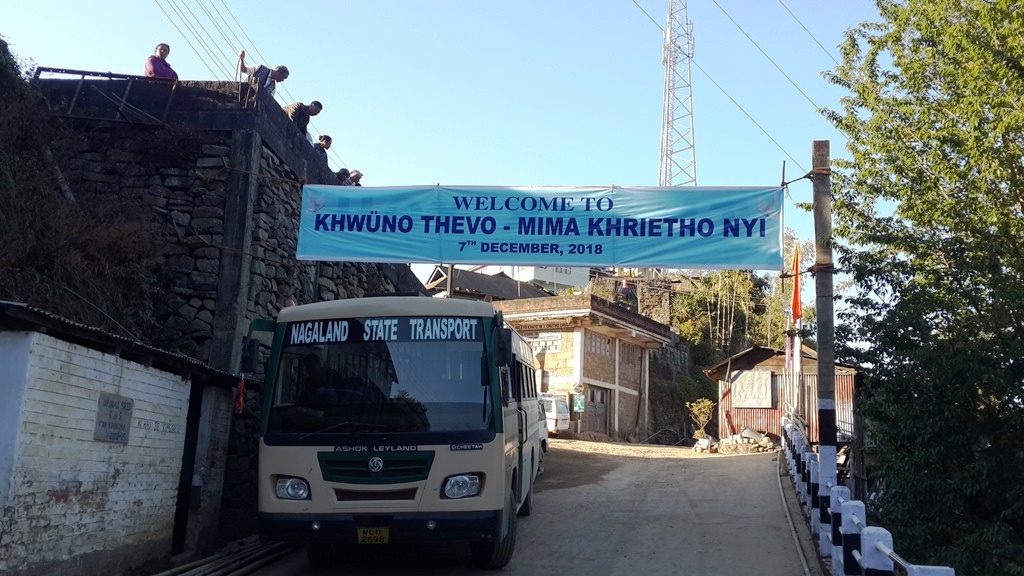



The highlight of this visit was a local lunch organised at a homestay by Aunty Meru‘s staff. We were guided to this cozy little place overlooking a vast expanse of terraced fields that glistened in the sun as we reached. This homestay (and several others) in this village are now a means of income for its residents. The rooms are basic and comfortable, and food is organic and delicious. We ate a sumptuous meal of local chicken curry, rice, naga dal, vegetables, a salad made of starfruit and the juiciest cucumbers I had ever tasted. There are options to walk right into the terraced fields, fetch your own food which may include some creepy crawlies and cook it right there and eat it to your hearts’ content. Such is the flavour of Nagaland that it tugs at your heartstrings, satiates your senses, and leaves you wanting more.

I could not spot a single plastic bag or garbage dumped in the open on its winding and hilly roads as we walked around the village and it left me wondering how people in such remote areas could have so much civic sense and respect for the environment, while we city dwellers have little regard for how we manage our waste.
A walking tour of Jakhama Village
The next plan lined up for us by Chalohoppo was a walk around the local village of Jakhama which is a stone throw’s distance away from the camping site at Camp Yedikha. We chose this option over the Dzukou valley trek as we had a three year old along and it was the month of December. Other travellers should not miss this trek as it is one of the best things to do while visiting this part of Nagaland. The trek is not very strenous and involves walking through gorgeous terrain for a few hours but the only challenge is the cold as it includes a night stay at an area locally called ‘the dormitory’ because the early morning views of the valley are what this trek is all about.
Coming back to our child-friendly itinerary, we walked to the cute little village of Jakhama along with its local resident, a lovely girl from the camp named Kikosonu Richa, who both Arianna and instantly I made friends with. I think there is nothing better than knowing about a place from its local residents; therefore I listened in while Kiko told us stories of her village, material used to construct their homes to protect from both extreme heat and the biting cold. She walked us through narrow walking trails, showed us pretty houses with smiling kids looking at us as well as rooftops of neighbouring houses to get a bird’s eye view of the entire village. We spotted several women hard at work, either carrying timber, farming in the fields, washing clothes or tending after the kids. Women of Nagaland in general have to work really hard, a fact endorsed by Kiko herself: “We want men to help out more in our work, as Naga men are typically lazy.” She also went on to tell us about the structure of the village society, and how women need more acceptance and freedom in their local communities. She is a singer in the local Church and explained how they grew up around music in their lives:”the Christian missionaries that came to Nagaland helped us with English as a spoken and written language, and we often go to the Church to sing in the local choir. Everyone is encouraged to sing here.” I noticed a will to better herself and her community in her, and that made me feel very proud of these brilliant and hardworking Naga women with an everlasting smile on their faces.
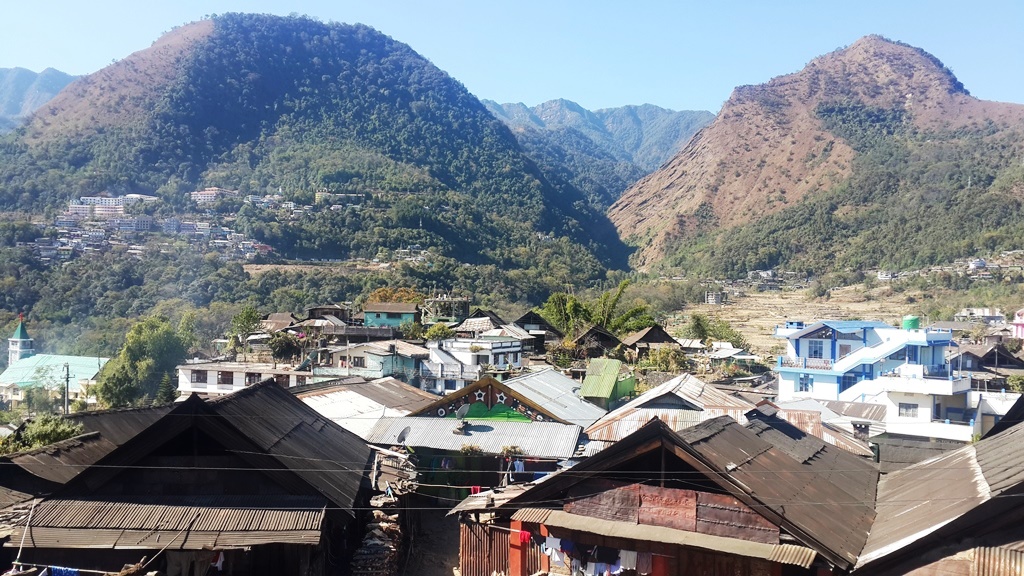





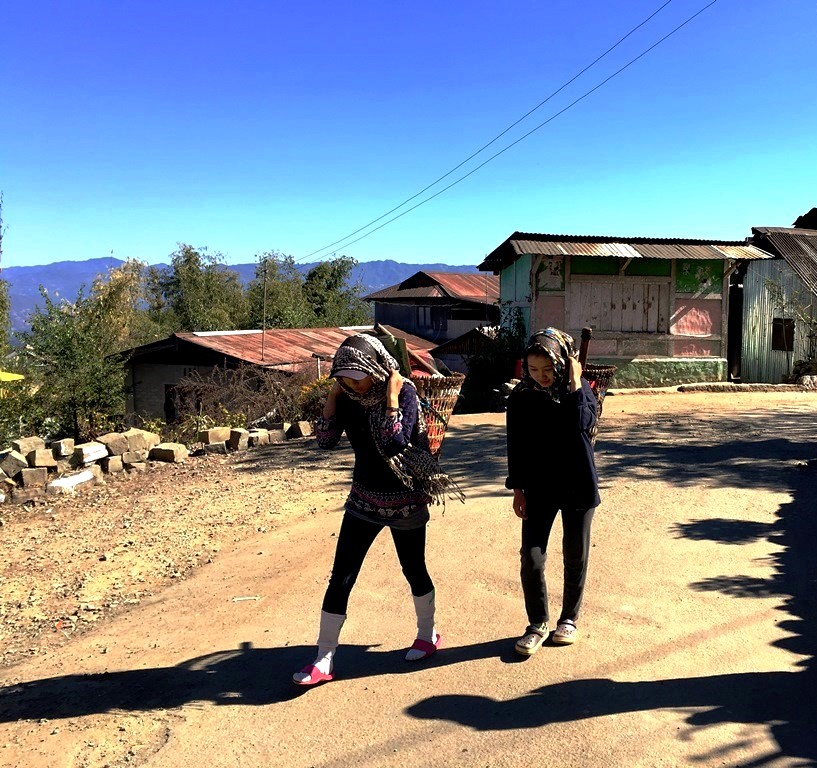



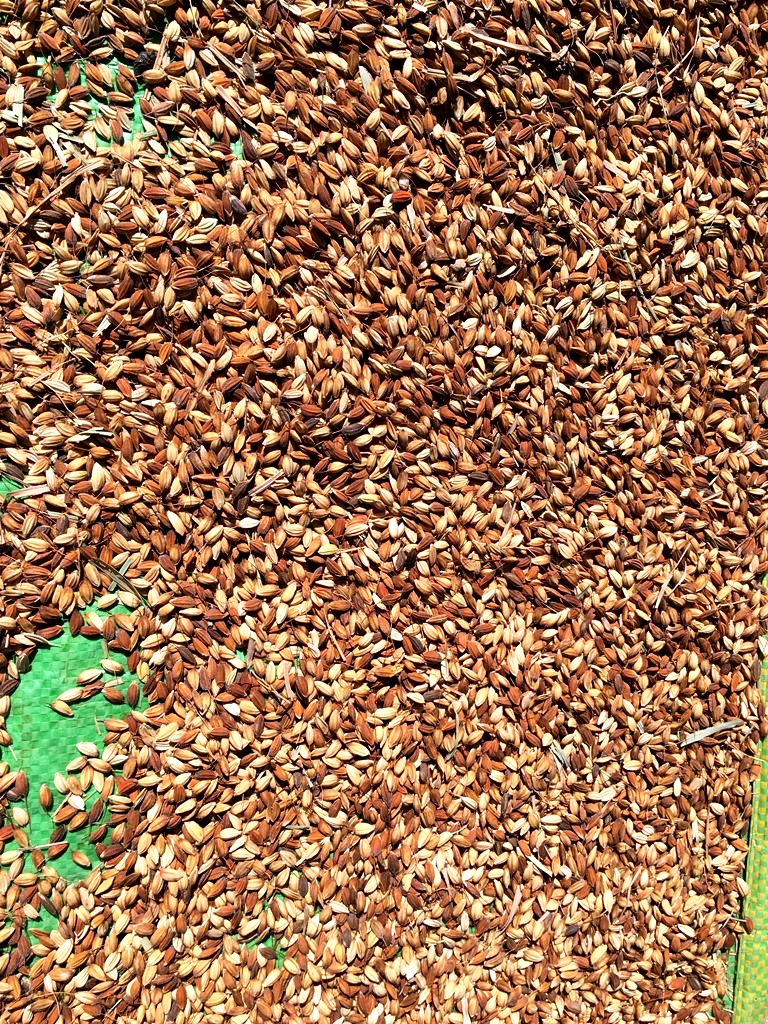

Camping with Chalohoppo
The icing on the cake was the entire experience of living in the camp with Chalohoppo. Run by a brilliant team of young and able individuals from different parts of the country, the idea for this kind of a tour agency was incubated in Mumbai/Bengaluru where a few of its founding team members studied and worked. They got together and discussed the feasibility of running an eco-friendly tour agency that showed the North East in a different way to tourists from around the World: “we began very humbly with just one trip and a couple of members and the rest is history“, as Chetan one of its founding members told us as we sat around a crackling bonfire under an open sky while listening to some lovely retro rock numbers. It did not take us much time to make friends with the team members Nishant, John, Abhishek, Deepika, Mike, Aishwarya and the ever smiling Naga friends Vikho, Afrey and Kiko. We slept in comfortable insulated three person tents with sleeping bags and regular pillows that kept us warm and cozy even in the chilly nights of December where the temperature dropped considerably. We were served delicious local meals with both vegetarian and non vegetarian options and interacted with the other travellers that were staying in the camp. The trip ended with a live musical night by a local band from Kohima who entertained us with brilliant covers of popular songs as we chilled by the fire, and took in each other’s company. Our daughter Arianna thoroughly enjoyed the vibe and it did not even occur to us that we had a child along that needed any more attention or care than what we got. She jammed and played with the team members, and ate what was served without any complaints. I made several quick friends that I had interacted with only on social media until then, like the effervescent traveller Ankita Kumar, also known as monkey.inc and Vikas Plakkot from beyond the wall travel blog, a prolific travel blogger who I shared quite a few laughs with.




Waking up and unzipping your tent to steal a view of the gorgeous terraced fields right below you is an experience I will always cherish, and so will my husband and daughter. The very fact that we chose to do it with Chalohoppo will always be one of the best trips we have taken as a family. If you are looking for an authentic experience in the North East, this is a tour operator that will take care of your personal requirements, your wishlist and show you a side of this region you would never expect. The Hornbill fest will happen again this December, so do see it for once in your lifetime! We experienced the Hornbill fest for two whole days and transport to the festival venue(Kisama heritage village, which is just a few kms away from this campsite) was arranged for us by Chalohoppo. The details to read about the Hornbill Festival are mentioned at the top of this blog.



Nearest Railhead: Dimapur
Nearest Airport: Dimapur/Guwahati
Distance by road from Dimapur-Kisama : 74.3 kms
Distance by road from Kohima – Kisama: 2.6 kms
Best time to visit: All year except monsoon season
NOTE: WE WERE HOSTED BY CHALOHOPPO FOR THIS EXPERIENCE. THE VIEWS EXPRESSED IN THIS BLOG ARE ENTIRELY MY OWN AND ARE NOT ENDORSED BY THE COMPANY IN ANY WAY.






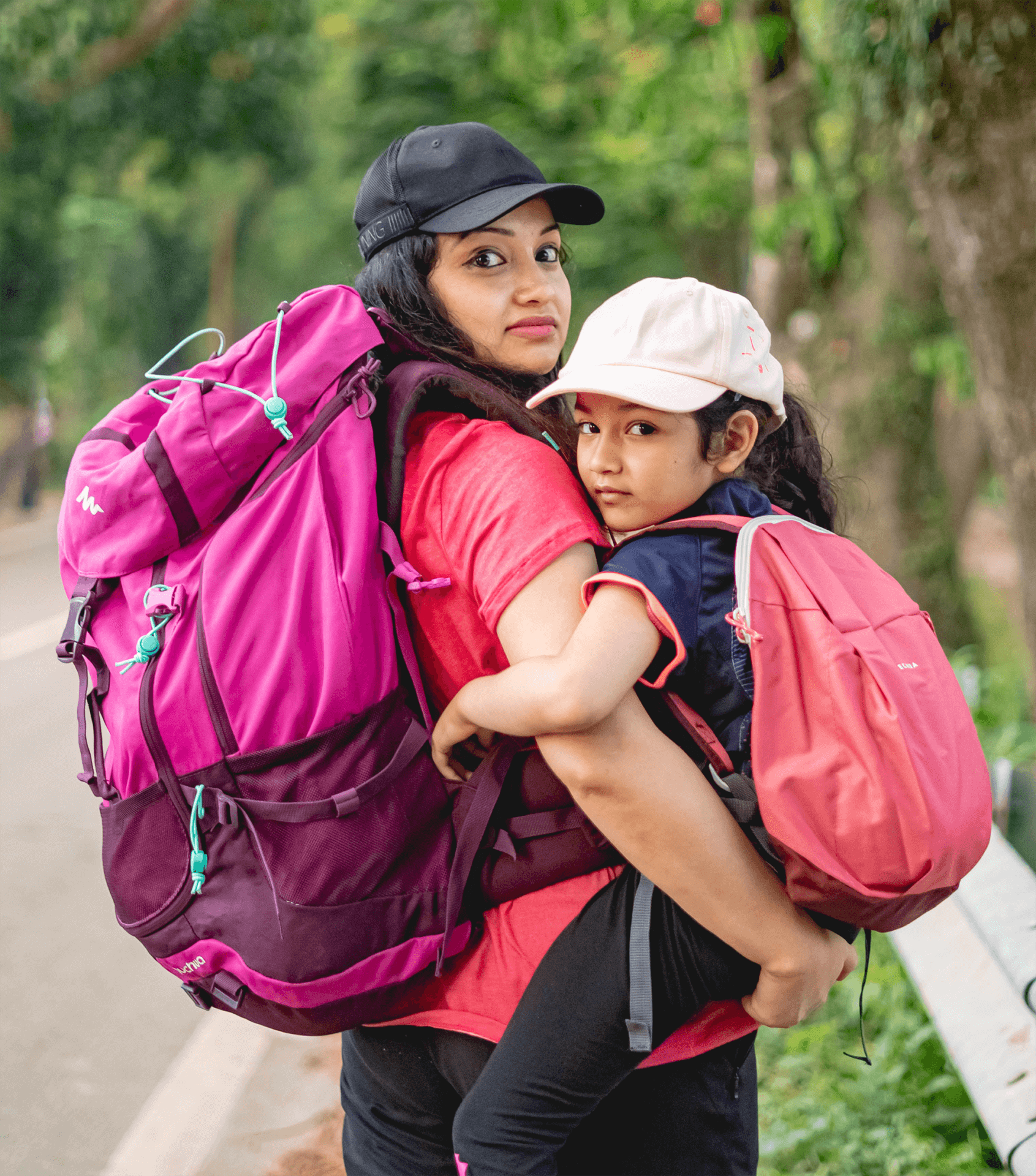



Blog Comments
The Jai
August 20, 2020 at 7:50 am
A Thrilling Trip to Mon, Nagaland
Naga people are believed to be hunters, many people talk that they eat dogs. Let me clear this not every Naga eat dogs and even if they eat and you ask for vegetarian food they will serve you with extra care and precaution.This adventurous trip was highly loaded with thrill and fear as well initially, And fear is only fear till you haven’t faced them.
Click here https://bit.ly/2YgggSD to read this full travel blog
#travelblogs #traveldiaries #nagalanddiaries #triptonagaland #advanturetours